Blackjack Strategy: Deciding Whether to Hit on a 15
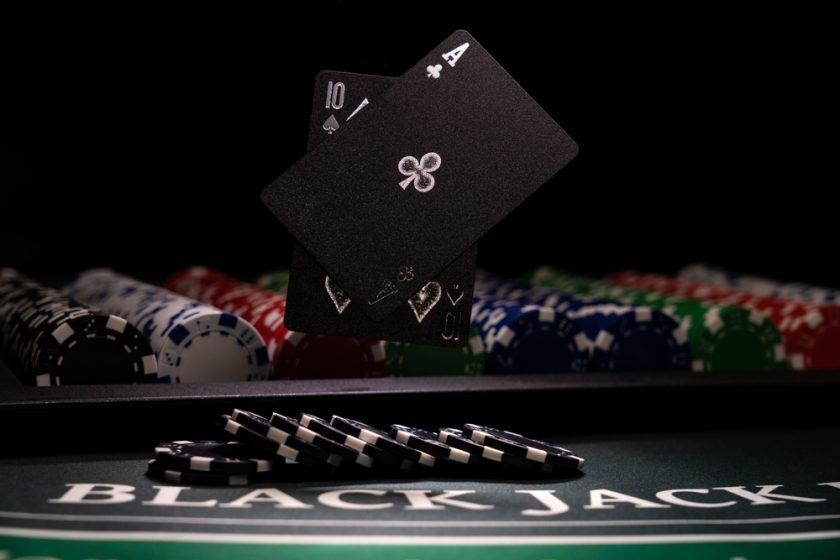
Understanding the Risk When Holding a 15 in Blackjack
Drawing a 15 in blackjack often leaves players in a dilemma. This total is neither high enough to confidently stand on nor low enough to safely add another card without risking a bust. To optimize your chances, you need to consider both the composition of your 15 and the dealer’s visible upcard.
Key considerations when holding a 15:
- A 15 is generally a weak hand, exposing you to high bust risk.
- Decisions about whether to hit or stand should revolve around the dealer's upcard.
- Using a basic blackjack strategy chart can provide consistent decision-making guidance.
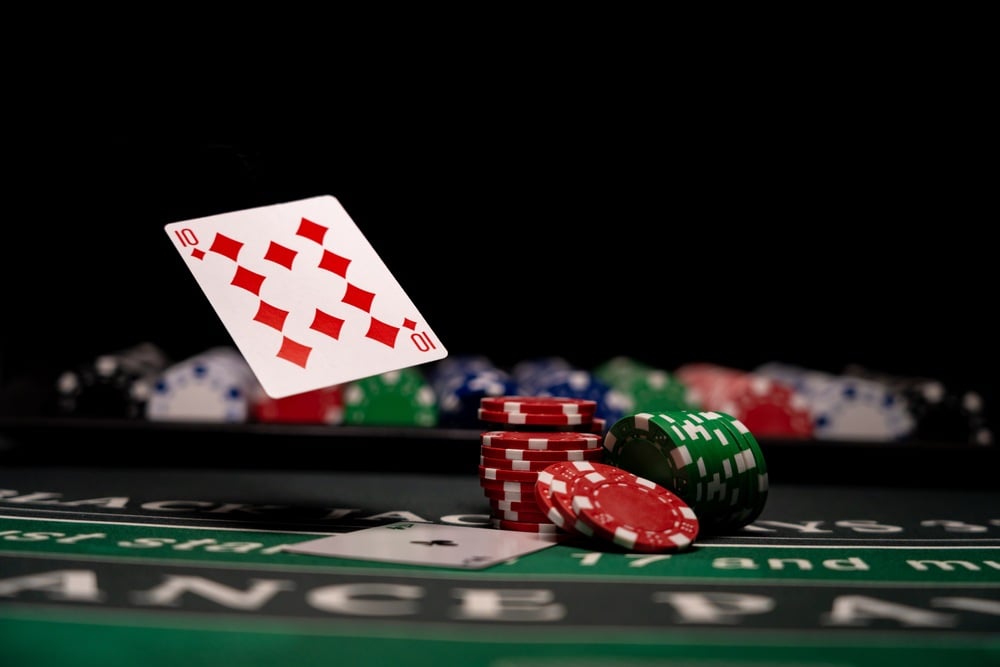
How a 15 Occurs and Its Frequency
A total of 15 can appear with several two-card combinations in blackjack:
- Eight plus Seven
- Nine plus Six
- Ten-card plus Five
- Ace (counted as 11) plus Four
Because tens, face cards (all valued at 10), and Aces are plentiful in a standard deck, these combinations occur quite often. Statistically, getting a 15 as your initial two cards happens about 8.4% of the time-about once in every 12 hands.
It’s also possible to reach a total of 15 after hitting from a lower initial total, but the strategic approach doesn’t change regardless of how you arrive at 15.
Reacting to the Dealer’s Upcard: When to Hit or Stand on 15
Your response to a 15 depends heavily on what the dealer is showing. At the game’s start, the dealer will reveal one card-the upcard-which becomes your key information point. This upcard essentially falls into two categories: ‘bust cards’ and ‘strong cards’.
- **Bust cards:** Dealer upcards of 2, 3, 4, 5, or 6. The dealer has a greater chance of busting when these cards are shown (bust roughly 38% of the time).
- **Strong cards:** Dealer upcards of 7 through Ace. These lead to made hands (17 or higher) 62% of the time, presenting a tougher situation for the player.
Keep in mind, even with optimal play, a 15 will only win around 25% of the time. Strategic play isn’t about guaranteeing wins-it’s about minimizing consistent losses.
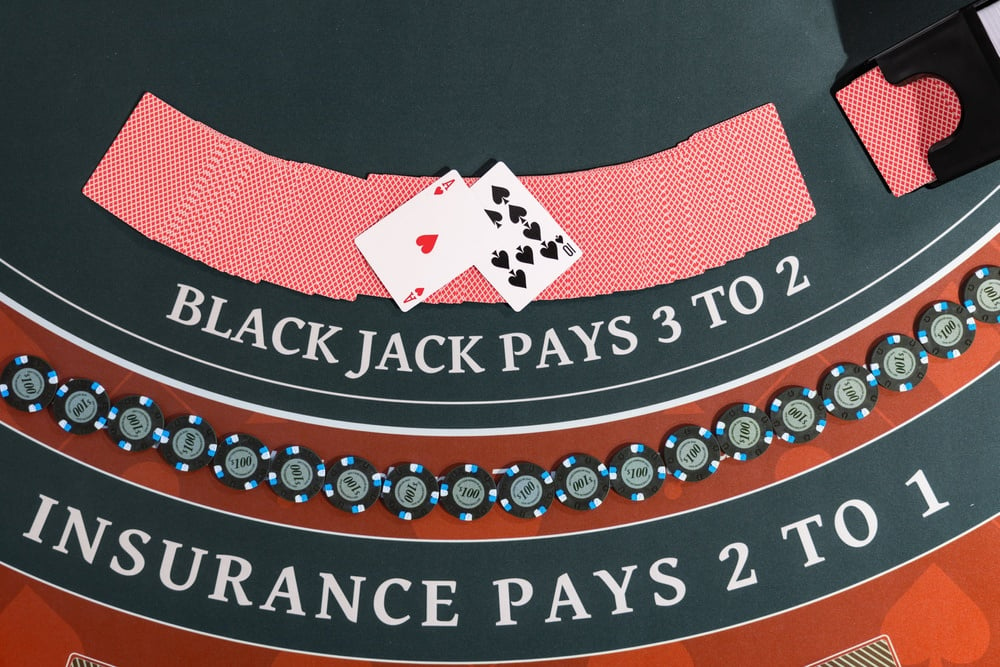
Standing on 15: Best Move Against a Dealer Bust Card
When the dealer displays a 2, 3, 4, 5, or 6, the best strategy is to stand on your 15. While your hand isn’t strong, the chances are decent the dealer may go bust if forced to draw more cards. Hitting in this spot exposes you to an even greater chance of busting (since nearly a third of the deck is composed of 10-value cards), so letting the dealer take the risk is the optimal play.
When to Hit on 15: Facing a Dealer’s Strong Upcard
If the dealer shows a 7, 8, 9, 10, or Ace, your hand is already a major underdog. In this scenario, standing nearly guarantees a loss as the dealer is likely to finish with a hand of at least 17. Therefore, you should take a hit-even though you risk busting more than half the time, improving your hand provides the only realistic path to victory.
If your hit increases your hand to 16, you’ll find yourself in a similar predicament and usually must hit again for the same reasons. Drawing a card that brings your hand to 17 or above means you should stop and stand.
Outcomes after hitting:
- Drawing an Ace: Your 15 becomes a 16. You should hit again as your chances still haven’t improved.
- Drawing a low card (2-6): Now you have a playable total without busting and should stand.
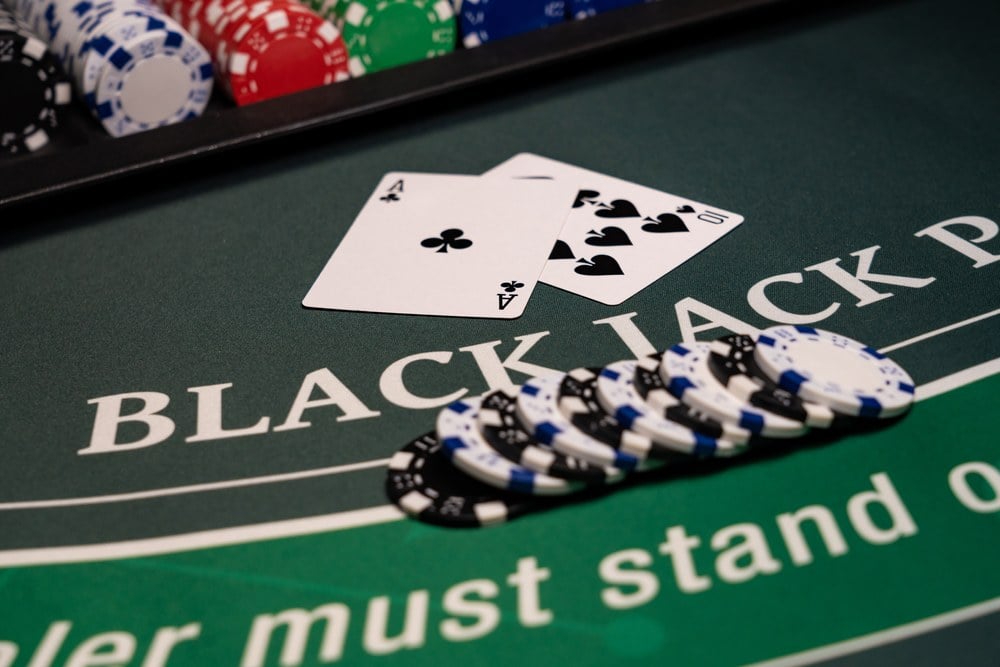
Playing a Soft 15: Leveraging Flexibility
“Soft 15” refers to hands where one of your cards is an Ace counted as 11 (for example, Ace-Four). This hand is less risky since, if your hit results in a high card, you can count the Ace as 1 instead and avoid busting.
With a Soft 15, you should always hit, as the risk is minimal and you have a real opportunity to improve your hand's value. If you’re allowed to double down (double your wager and take only one additional card), this move is advisable when the dealer shows the weakest upcards-specifically a 5 or 6-since the dealer’s likelihood to bust is at its highest.
Advanced Roulette: Exploring Doubling Down With a Soft 15
Rules permitting, consider doubling down on a Soft 15 if the dealer is showing a 5 or 6. While it’s unconventional to double down on a weak hand, this play works because the dealer is particularly likely to bust with these upcards (with probabilities exceeding 40%). However, simply hitting remains a safe option if you want to minimize risk or conserve chips for later rounds.
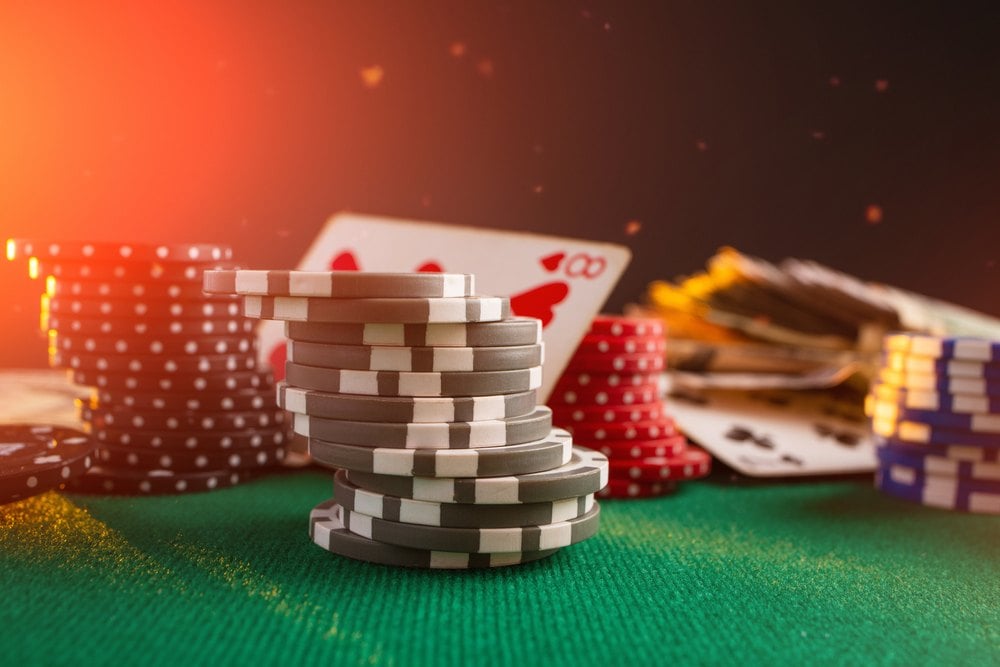
Blackjack Decision Table: Playing a 15
Below is a practical summary table for how to act when holding a 15, depending on the type of hand (hard or soft) and the dealer’s card:
| Player’s Hand | Dealer’s Upcard | Recommended Action |
|---|---|---|
| Hard 15 | 7, 8, 9, 10, Ace | Hit (take the risk to improve your hand) |
| Hard 15 | 2, 3, 4, 5, 6 | Stand (let the dealer risk a bust) |
| Soft 15 | 5 or 6 | Double Down if allowed (otherwise hit) |
| Soft 15 | All other upcards | Hit (risk-free opportunity to improve) |
Extra Tips and Casino Variations
Blackjack is played with a multitude of rule variations. Some games use only one deck, others several; some allow doubling down on any two cards, while others restrict the hands in which you can double down. An important tip is to prioritize games where a natural blackjack (Ace plus a 10-value card) pays 3-to-2, as the alternative (6-to-5) significantly reduces your expected winnings over time.
While the specifics of house rules can vary, the hand strategies outlined above for playing a 15 remain valid across most standard blackjack games-including those that allow late surrender.
Sharpening Your Skills: Practice and Confidence
By mastering the strategy for playing a 15 in blackjack, you become better equipped to handle one of the game’s toughest hands and reduce the casino’s edge over time. If you’re new to these decisions, consider practicing at a free online blackjack table before risking real money. Confidence in your gameplay is key, and with regular practice, you’ll be able to make these tough choices with ease.













